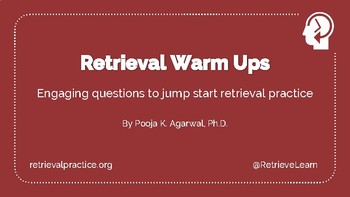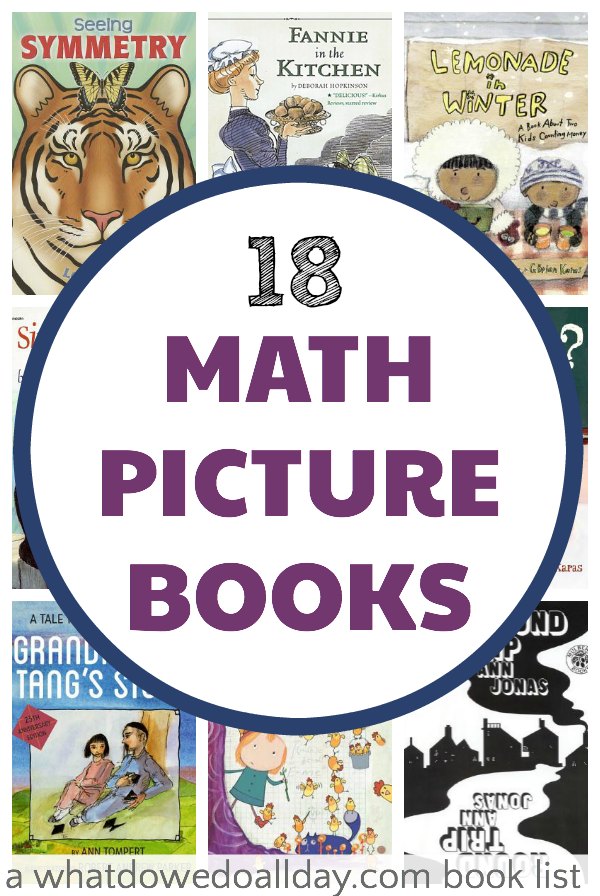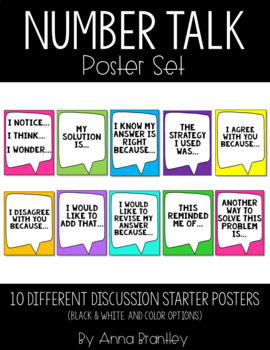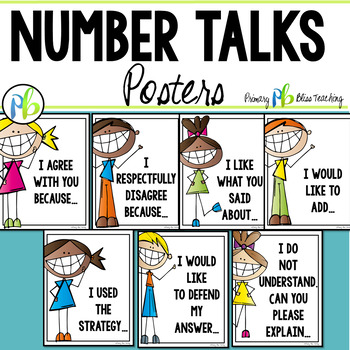Check out this video all about Retrieval Practice!
Basically, if we spend more time asking students to retrieve information out of their brains and less time trying to put things in there... they will learn more.
So, how do we make this happen in the classroom? Check out these super simple and easy strategies below!
Think Pair Share: Ask students to share what they have learned from a lesson with a partner.
Low Stakes Quizzes: Quizzes or check ins that don't count against their grades. Use games like Quizzes, Kahoots, and Polls.
Brain Dumps or Storms: KWL, Can, Have, Are charts are GREAT ways to allow students to retrieve learning and then organize it. The Teacher Toolkit has a great video on KWLs. Check it out below!
Exit Tickets: A perfect way to do a QUICK informal check on learning. Exit Tickets can be paper pencil or even verbal. Check out Teach Thought for digital Exit Tickets!
Be sure to keep in mind, retrieval practice is NOT assessments! Retrieval practice is ABOUT learning.
Know that when using retrieval practice you will need to do it in small bursts over time. When students struggle to recall concepts, they are actually making stronger connections about the topic in their brain.
Check out these retrieval practice questions and guide to get your students thinking and retrieving! Thank you Retrieval Practice on TPT!




















